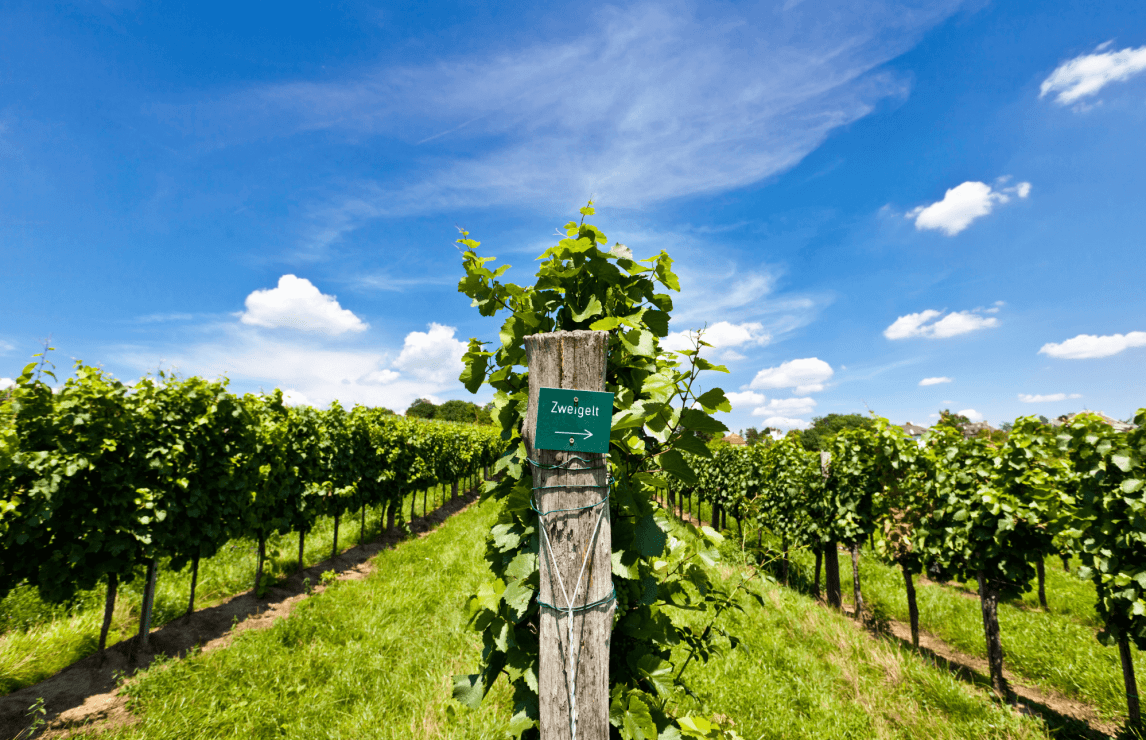Beyond Grüner: The Bright Future Of The Austrian Red Wines
For decades, Grüner Veltliner has been shaping the international image of Austrian wines, bringing critical acclaim and global fame to the local producers. Undoubtedly, this indigenous grape deserves the attention it has been receiving. Grüner wines are well-structured and deep, with a hard-to-beat freshness and layers of aromas. It is not a surprise that Grüner won the medal race against all the other grapes at our recent in-situ wine judging in Austria, organised in partnership with Austrian Wine. What came as a surprise, however, was the performance of all the Austrian red wines. Despite the fact that about one-third of the country’s vineyards are planted with red varietals, these wines have been flying under the radar and remain relatively unknown to international palates. But, according to the IWSC judges, Austrian red wines are on the rise and have all it takes to take their righteous place on the global wine stage.
“The quality is excellent, and what is really exciting to see is the potential. Zweigelt and Blaufränkisch, which we tasted a lot, are two grape varieties that have so much personality,” IWSC judge and Buyer at The Wine Society Freddy Bulmer said following the wine judging which took place in Andau, Burgenland, Austria.
Indeed, the indigenous grapes stood out most – with Zweigelt, St. Laurent and Blaufränkisch earning most of the medals. The judges described these wines as crunchy, fresh, fruit-forward, and delicious when served slightly chilled; in a word, perfect red wines for the summer. “I love that beautiful brightness that Zweigelt has, that purity of fruit, that kind of bouncy crunchiness,” said David Kermode, IWSC judge, journalist and wine writer.
When done right, Austrian red wines resemble (and can easily compete with) crisp Beaujolais wines or juicy, medium-bodied reds from the Loire Valley. “In my opinion, the best examples are where they get it right at the vineyard, and there is not much messing around with it in the winery; when winemakers are conscious of not using too much oak and just allowing those really interesting grape varieties to do the talking,” Freddy Bulmer added. The IWSC judge and Independent Retail Consultant Cat Lomax agrees: “We really wanted to see the unique characteristics of those grape varieties coming through because that’s actually what’s interesting for consumers in the UK – trying something really different, something which they haven’t seen before.”
Having a strong identity is crucial when entering a new market, the IWSC judges emphasised. Austrian red wines certainly have a very distinctive personality, and as long as they don’t shy away from showing their character rather than trying to copy international styles – the road to success is open. Speaking of the future of the Austrian reds on the global wine stage, Cat Lomax concluded: “In my perspective, it’s about ensuring that unique freshness, crunchiness, almost Beaujolais style of fruity delicious wines – that’s where Austria can make a mark.”
Best Austrian Red Wines 2023







